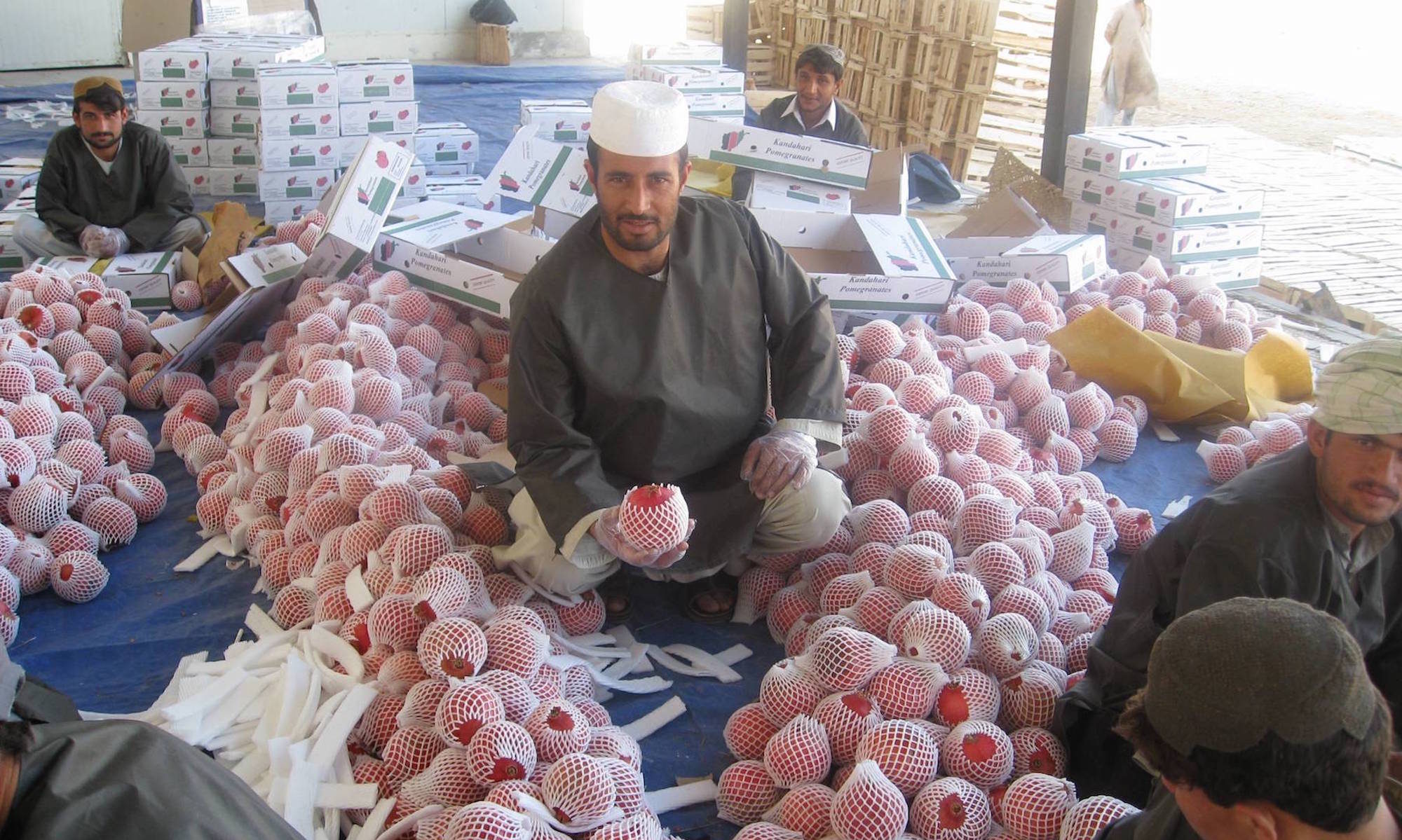May 2000 Of the 27 major armed conflicts that occurred in 1999, all but two took place within national boundaries. As an impediment to development, internal rebellion especially hurts the world’s poorest countries. What motivates civil wars? Greed or grievance? Collier and Hoeffler compare two contrasting motivations for rebellion: greed and grievance. Most rebellions are ostensibly in pursuit of a cause, supported by a narrative of grievance. But since grievance assuagement through rebellion is a public good that a government will not supply, economists predict such rebellions would be rare. Empirically, many rebellions appear to be linked to the capture of resources (such as diamonds in Angola and Sierra Leone, drugs in Colombia, and timber in Cambodia). Collier and Hoeffler set up a simple rational choice model of greed-rebellion and contrast its predictions with those of a simple grievance model. Some countries return to conflict repeatedly. Are they conflict-prone or is there a feedback effect whereby conflict generates grievance, which in turn generates further conflict? The authors show why such a feedback effect might be present in both greed-motivated and grievance rebellions. The authors’ results contrast with conventional beliefs about the causes of conflict. A stylized version of conventional beliefs would be that grievance begets conflict, which begets grievance, which begets further conflict. With such a model, the only point at which to intervene is to reduce the level of objective grievance. Collier and Hoeffler’s model suggests that what actually happens is that opportunities for predation (controlling primary commodity exports) cause conflict and the grievances this generates induce dias-poras to finance further conflict. The point of policy intervention here is to reduce the absolute and relative attraction of primary commodity predation and to reduce the ability of diasporas to fund rebel movements. This paper – a product of the Development Research Group – is part of a larger effort in the group to study civil war and criminal violence
Paradise Lost: The Costs of State Failure in the Pacific
Globally, state failure is hugely costly, in terms of lost output and the high costs imposed by failing states on their neighbours. This paper examines the cost of failing states in the Pacific. The Pacific region differs from other regions: since its countries are islands the neighbourhood spillovers that normally generate these costs do not apply. The cost of state failure for an island is much lower than for other states, but state failure is more costly to the state itself, as opposed to its neighbours, if the state is an island. This may be due to the greater openness of islands, implying greater flight of financial and human capital. Because neighbours are not directly affected by state failure in the Pacific, any possible interventions should be centred on the humanitarian concern.
Policing in South Africa: Replication and resistance to New Public Management reforms
This article is a study of the introduction of local financial management (LFM) to South African policing. Four forms of institutional theory are used to interpret and understand this comparative study. The conclusion of this article is that the deliberate attempt to replicate the English experience in South Africa failed because of the different ideologies and value-laden beliefs that underlay the need for change and the different dynamics of power of the interest groups that were represented in the organizational structure. The taken-for-granted organizational processes that supported the implementation of LFM in English police forces impeded implementation in South Africa.
A pluralistic model rather than a single institutional perspective is shown to be beneficial in understanding institutional impacts on organizations. In particular, different perspectives help in an understanding of how culturally derived norms of behaviour can be in tension with formal rules and how the formal structure must be adaptive to the environment and culture within which people cope with uncertainty by relying on established routines.
Aid, Shocks, and Growth
This paper incorporates export price shocks into the analysis of the effect of aid on growth. Previous analysis of the aid-growth relationship by Burnside and Dollar found that aid is more effective in raising growth the better are policies. However, this result has been criticized for being sensitive to choice of sample and for neglecting shocks. We construct export price indices using the approach pioneered by Deaton and Miller. We locate shocks by differencing the indices, removing predictable elements from the stationary process, and normalizing the residuals. Extreme negative shocks are the bottom 2.5% tail of this distribution. Introducing these extreme shocks into the Burnside Dollar regression, we find that they are highly significant: unsurprisingly, extreme negative shocks reduce growth. Once these shocks are included the Burnside and Dollar results become robust to choice of sample. Further, the adverse effects of negative shocks on growth can be mitigated by offsetting increases in aid. Indeed, targeting aid towards countries experiencing negative shocks appears to be even more important for enhancing aid effectiveness than targeting aid to countries with good policies. However, we show that to date donors have not in aggregate used aid for this purpose.
Postconflict Monetary Reconstruction
During civil wars governments typically resort to inflation to raise revenue. A model of this phenomenon is presented, estimated, and applied to the choices and constraints faced during the postconflict period. The results show that far from there being a fiscal peace dividend, postconflict governments tend to face even more pressing needs after than during war. As a result, in the absence of postconflict aid, inflation increases sharply, frustrating a more general monetary recovery. Aid decisively transforms the path of monetary variables in the postconflict period, enabling the economy to regain peacetime characteristics. Postconflict aid thus achieves a monetary “reconstruction” analogous to its more evident role in infrastructure.
